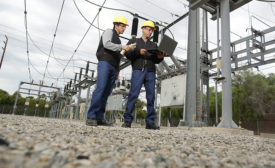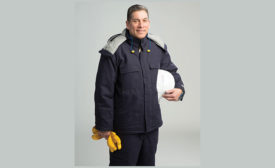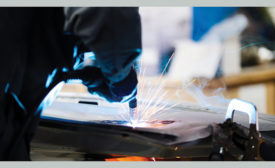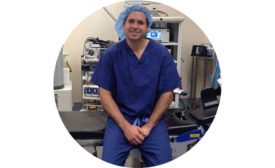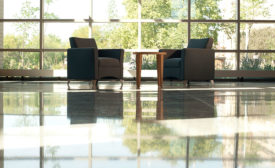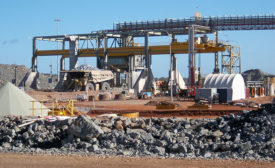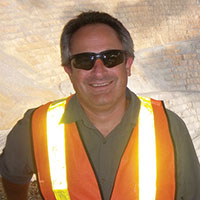Risk Management
7 common recordkeeping mistakes — and how to fix them
Recordkeeping isn’t always simple
December 14, 2018
EHS pros need to look at their own programs
U.S. scores low in health measures
December 11, 2018
AEDs on the wall are not an AED program
Roles, maintenance & response times
December 10, 2018
4 steps for building an AR/FR winter layering system
Start with the basics
December 6, 2018
How to overcome ergonomic challenges of manual welding guns
Take a Load Off
December 4, 2018
Medical insights on hand injuries
Gloves mitigate the risks of crushes, pinching, blows & burns
December 4, 2018
Assessing floor safety
It’s tricky measuring traction to prevent slips, trips & falls
December 4, 2018
Closing Time
Workers help craft the best safety rules
Time to rebuild the “Rule Mill”
December 4, 2018
Never miss the latest news and trends driving the safety industry
eNewsletter | Website | eMagazine
JOIN TODAYCopyright ©2024. All Rights Reserved BNP Media.
Design, CMS, Hosting & Web Development :: ePublishing

